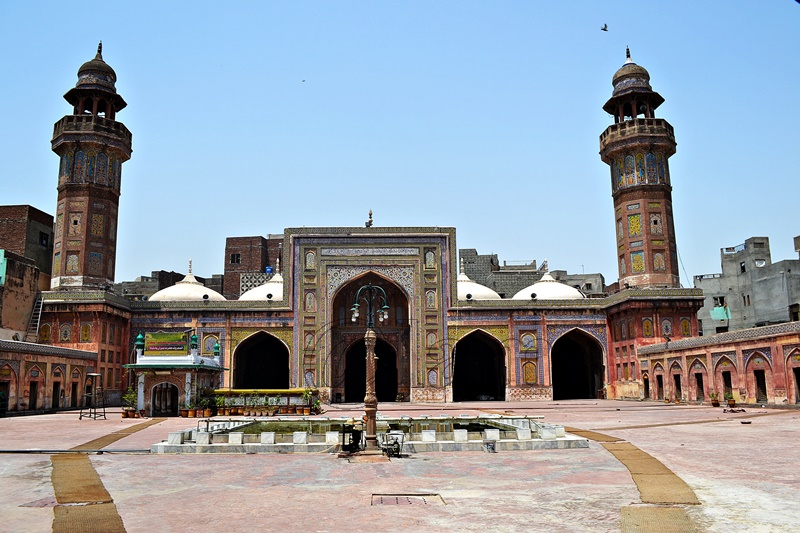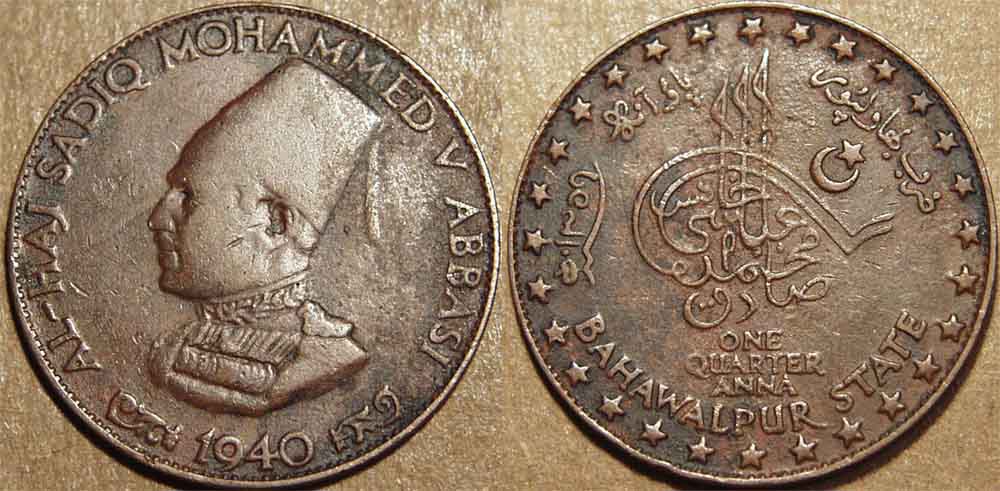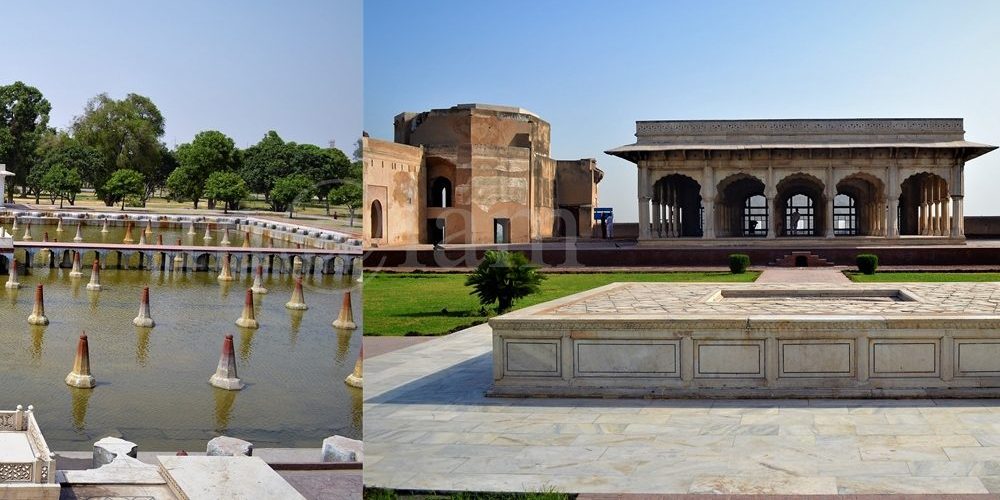Unlocking the Beauty of the 17th-Century Wazir Khan Mosque in Lahore
The Wazir Khan Mosque bearing Mughal-era Architecture is located in the heart of Lahore. The glorious mosque was built during the illustrious reign of Mughal Emperor Shah Jahan. The mosque stands as an unrivaled masterpiece captivating visitors from all corners of the world. This architectural marvel not only showcases the quintessential essence of Mughal design but also serves as a testament to their unwavering commitment to precision, frescoes, and artistic finesse. Often, this glorious mosque is referred to as “a mole on the cheek of Lahore”.
A Glimpse into History
Before delving into the grandeur of the mosque itself, it’s essential to understand the man behind its name. Wazir Khan was originally known as Hakim Sheikh Ilm-ud-din Ansari who hailed from humble origins in Chiniot, Punjab. He embarked on a path of education, specializing in medicine, and eventually found his way to the Mughal court. In 1620, Prince Khurram, who would later become Shah Jahan, recognized Hakim Ansari’s exceptional skills. He appointed Ansari as his personal physician and acknowledged his competence and dedication. The prince honored him with the title “Wazir Khan,” signifying his role as a minister in the Mughal court.
The Mazar of Miran Badshah
The mosque’s history intertwines with the construction of a tomb for a revered Sufi saint, Syed Muhammed Ishaq, also known as Miran Badshah. This tomb, or Mazar, served as the spiritual center around which the Wazir Khan Mosque would later emerge. Construction of the mosque began in 1634 and continued until 1641, encapsulating the tomb of Miran Badshah within its sacred precincts. Today, the tomb remains nestled in the mosque’s courtyard, a silent witness to centuries of devotion and architectural splendor.
Discovering its Location
The Wazir Khan Mosque is situated within the ancient walled city of Lahore. The glorious mosque occupies a prime position along the road connecting the Lahore Fort to the Delhi Gate. It occupies an impressive area of 279 feet by 159 feet resting on an elevated plinth. An intriguing aspect of its design is the inclusion of 22 shops, forming a bustling bazaar along the sides of a brick-paved pathway leading to the mosque—a testament to the integration of commerce and culture.
The Architectural Marvel
The Wazir Khan Mosque boasts a single prayer aisle and five bays, evoking architectural similarities with the Mosque of Mariyam Zamani Begum in the same city. Likewise, its high-arched galleries gracefully encircle a central brick-paved courtyard. The 130-foot-long prayer chamber is framed by simple cusped arches supported by sturdy piers.
The mosque features three majestic domes, with the central dome soaring higher than the rest, emphasizing the exquisitely detailed mihrab. Its ingeniously designed double domes help amplify the voice of the imam. The voice therefore extends to the farthest corners of the courtyard. Adding to its charm, the mosque is surrounded by 32 guestrooms, known as Hijars.
The mosque’s walls are constructed with meticulously cut and dressed bricks. Each wall is adorned with frescoes in a mesmerizing array of colors, including cobalt, cerulean blue, green, orange, yellow, and purple. These walls are meticulously divided into compartments to accommodate glazed patterns. Moreover, its walls are inscribed with calligraphy in Arabic and Persian. The mosque’s grills are crafted from terracotta, enhancing its visual appeal.
The floors of the mosque are adorned with vibrant tiles featuring intricate geometric designs, showcasing the artisans’ craftsmanship. Unique to the Wazir Khan Mosque are its four minarets. Each tower with a remarkable height of 107 feet is adorned with mosaic tiles. These distinctive designs reflect a regional style rarely seen in Mughal capital mosques. The mosque’s domes, constructed in the Lodi style, further add to its architectural uniqueness.
A Timeless Attraction
Even today, the Wazir Khan Mosque continues to mesmerize not only the local populace but also draw visitors from across Pakistan and around the world. It stands as a testament to the enduring allure of Mughal architecture. Wazir Khan Mosque serves as a prominent landmark in Lahore’s rich cultural heritage. The Wazir Khan Mosque is an absolute must-visit destination for those seeking a glimpse into the opulence and artistry of the Mughal era.
The Wazir Khan Mosque in Lahore is not merely a historical site but a living testament to the grandeur, elegance, and artistic finesse of the Mughal dynasty. With its rich history, breathtaking architecture, and cultural significance, it remains a jewel in the crown of Lahore’s architectural heritage, beckoning travelers and history enthusiasts to explore its timeless beauty.











